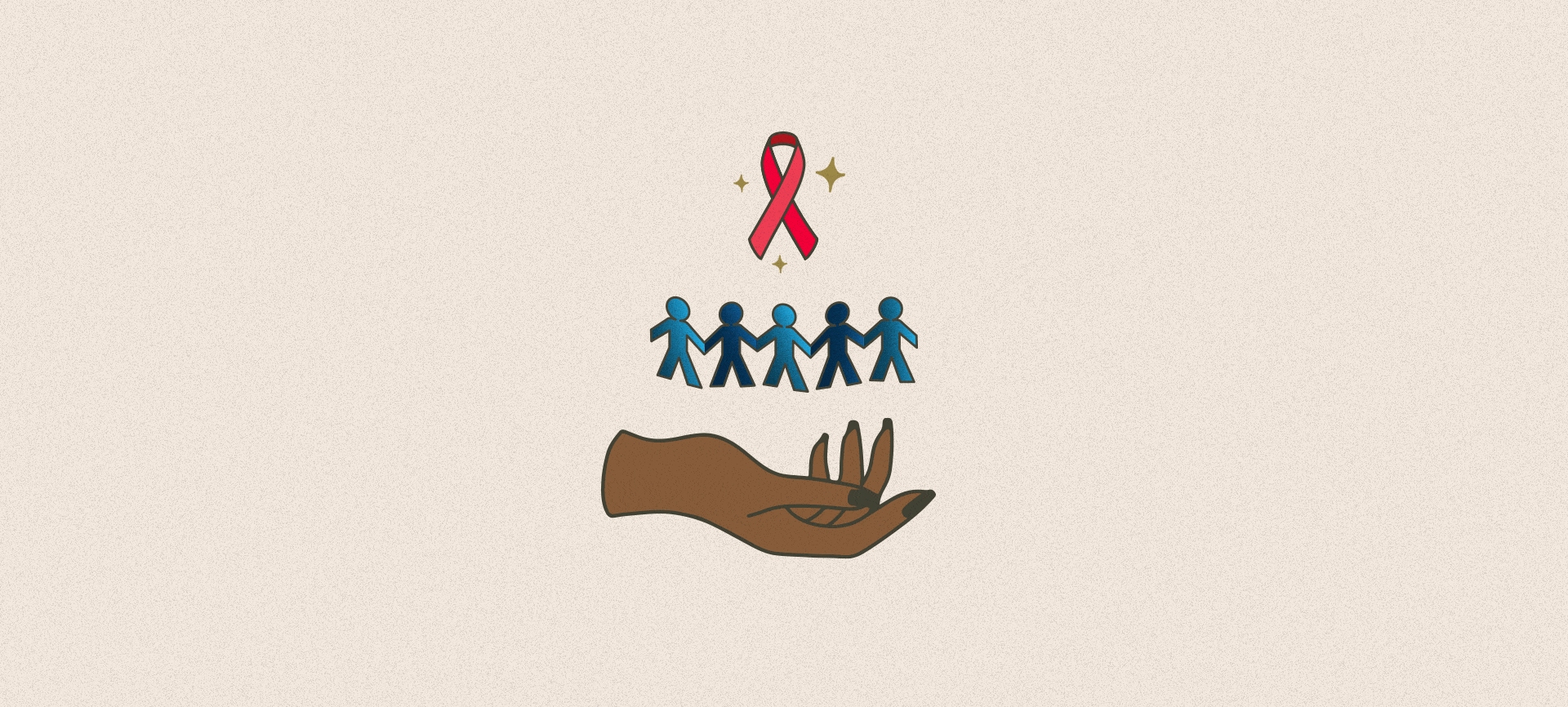For more than 20 years, Gina Brown has been living with HIV. In that time, she's done incredible work fostering community, championing education and advocating for people from all walks of life who are living with or at risk of exposure to HIV.
Based in New Orleans, her work experience and personal values have led her to the role of director of strategic partnerships and community engagement with the Southern AIDS Coalition (SAC), an organization dedicated to ending the HIV epidemic in the South. But working with SAC is only the most recent chapter in a longer story of community engagement with urban and rural communities, as well as those living without shelter.











